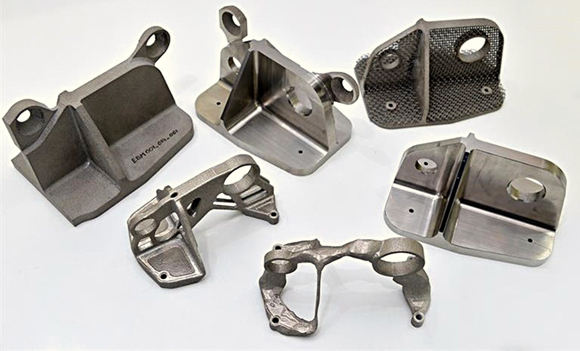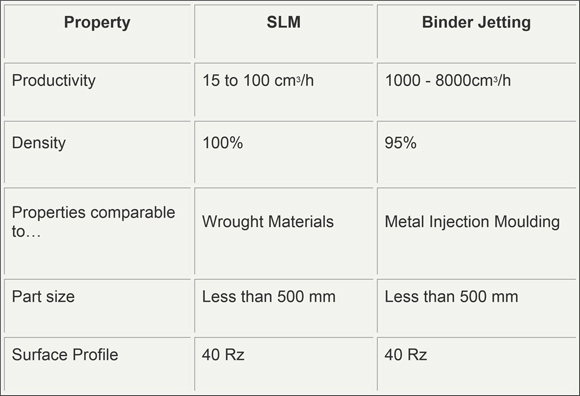GKN Sinter Metals reports on the potential of Additive Manufacturing in the automotive industry
April 13, 2018

Josten stated that AM could reduce the inventory and storage costs, having the potential to transform the automotive aftermarket (Courtesy GKN Sinter Metals)
In the next ten to twenty years, Additive Manufacturing could be found at a local mechanic’s shop, parts store or car dealer, reports Markus Josten, Global Sales Director Disruptive Technologies and Markets at GKN Powder Metallurgy. In a post on GKN Sinter Metals Blog, Josten looks at the growing potential of AM for the automotive aftermarket, recently evidenced by the adoption of the technology for spare and rare part production at Porsche Classic, Mercedes-Benz and Audi, among others.
The automotive aftermarket was $318.2 billion in 2013 and is projected to hit $421.2 billion in 2020, according to Autocare.org. This represents a large degree of shipping, packaging and logistical costs. In addition, Original Equipment Suppliers (OES) have an obligation to produce and ship parts for all vehicles for fifteen years after their production, meaning a large investment in inventory production and storage is required.
Through the use of Binder jet and Selective Laser Melting (SLM), Josten stated that AM could reduce the inventory and storage costs, having the potential to transform the automotive aftermarket. Initial research undertaken at institutions and universities on the properties of additively manufactured parts have led many industry experts to the conclusion that the quality of AM components is comparable to that of parts made by conventional methods.

The material properties of parts produced by SLM and binder jet AM (Courtesy GKN Sinter Metals)
However, while the material properties are comparable to conventional processes, the cost of AM adoption has until now been a major concern for manufacturers. Currently, it may cost 10–15 times as much to produce a part with AM as by conventional mass production methods; however, these costs could be mitigated by combining multiple parts into a single print, by optimising a part’s geometry to reduce material usage and weight, or by taking into account the reduction of costs associated with tooling.
Recently, the price of some types of Additive Manufacturing has decreased while production capabilities have continued to increase, making the technology – especially binder jet AM – a more viable future competitor for conventional processes.
As metal Additive Manufacturing begins to be able to compete with conventional methods, designers will be able to cut the cost of tooling and moulds required in conventional manufacturing. While designing a new car with AM parts is a radical shift and may take time to be realised, widespread use of AM in the aftermarket is more likely, stated Josten, and will also help to facilitate the gathering of real-world data for designers and OES.
Additionally, the report found that the expanded use of AM for spare part production could widen opportunities for the Independent Aftermarket (IAM), which does not have to follow the same guidelines and rules as an OES. In addition, it may enable IAM suppliers to continue providing spare parts even for vehicles older than fifteen years; currently, this is very difficult as there may be no tooling or even prints available for an IAM to use in the production of older spares. In addition, the cost of retooling for a short run of these parts may not be feasible for an IAM, which is unlikely to have the same resources as an OES.
Josten believes that this will begin with high-end older cars. Small parts which don’t need to withstand large loads will be the first to make the shift from conventional to Additive Manufacturing. This could eliminate most parts from the drivetrain, but include many sheet metal parts.
“This has started with companies like Porsche, but I think in the next five years AM will become the norm in high-end older vehicle aftermarket parts. These early adopters will set the pace as Binder jet and SLM start to close the production and cost gap to enter the automotive aftermarket on a mass scale,” Josten explained.
Josten added that some form of quality control will be required to cover the entire process, ensuring that the spare part produced at one location is the same as another. While the AM system and design used may be the same, if a location chooses to use a different type of metal powder than that specified, this could alter the material properties of the part. Therefore, a new market may open up for the licensing and certifying of small-scale AM part producers in the automotive aftermarket.
















